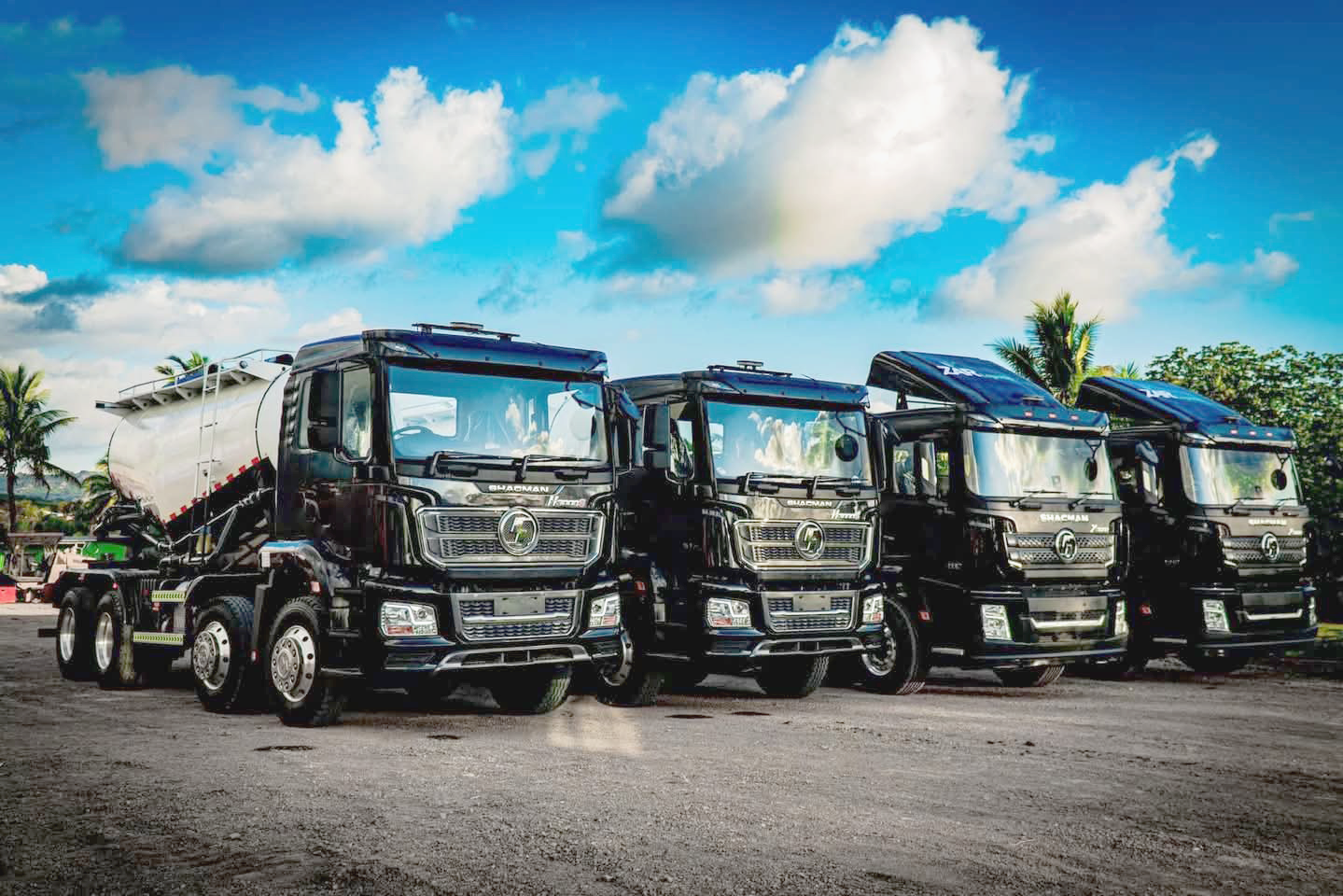
Loading Capacity
The tank of the bulk cement truck has a certain volume, usually ranging from several cubic meters to dozens of cubic meters. For example, common ones may have a capacity of 10 cubic meters, 20 cubic meters or more. This determines the amount of cement it can carry in one trip, which directly affects the transportation efficiency.
- Discharge Speed: It is measured in tons per hour. A good bulk cement truck can achieve a relatively fast discharge speed, such as being able to discharge 30 tons or more of cement per hour under normal working conditions. This enables quick unloading of cement at construction sites or concrete mixing stations.
- Discharge Completeness: The design of the tank's internal structure and the fluidization device is crucial. With an effective fluidization system, it can ensure that most of the cement in the tank can be discharged completely, reducing the residue in the tank and avoiding waste.
- Power Performance: Equipped with a suitable engine, it can provide sufficient power to drive the vehicle on various terrains, whether it's on flat highways or slightly sloped roads leading to construction sites. The engine's horsepower and torque output ensure smooth acceleration, climbing and stable running.
- Chassis Stability: The chassis has a good load-bearing capacity and stable structure. It can bear the weight of the full tank of cement and the vehicle itself without deformation or instability during driving. Moreover, the suspension system and the axle design help maintain the balance of the vehicle, reducing the risk of rollover when turning or driving on uneven roads.
- Sealing Performance: The tank has excellent sealing to prevent cement leakage during transportation and discharge. This not only ensures the integrity of the transported cement but also reduces environmental pollution.
- Pressure Resistance: The tank can withstand certain internal pressure changes during the fluidization and discharge process. There are usually safety valves installed to release excessive pressure in time to avoid tank damage and ensure operational safety.
- Static Electricity Elimination: To prevent static electricity generated during the discharge process from causing potential safety hazards like fires or explosions, there are static electricity elimination devices on the vehicle, such as static conductive strips.
- Control System: Some modern bulk cement trucks are equipped with an easy-to-use control system for the discharge process. Operators can control the start, stop and adjustment of the discharge speed through simple operations in the cab or at a certain distance away from the vehicle using remote control devices.
- Maintenance Convenience: The vehicle's structure and components are designed in a way that makes it relatively easy to conduct regular maintenance, such as checking the fluidization device, valves, and chassis parts, which helps to maintain its good performance and extend its service life.
In general, these aspects of performance work together to make the bulk cement truck an efficient and reliable vehicle for transporting cement in the construction and related industries.

